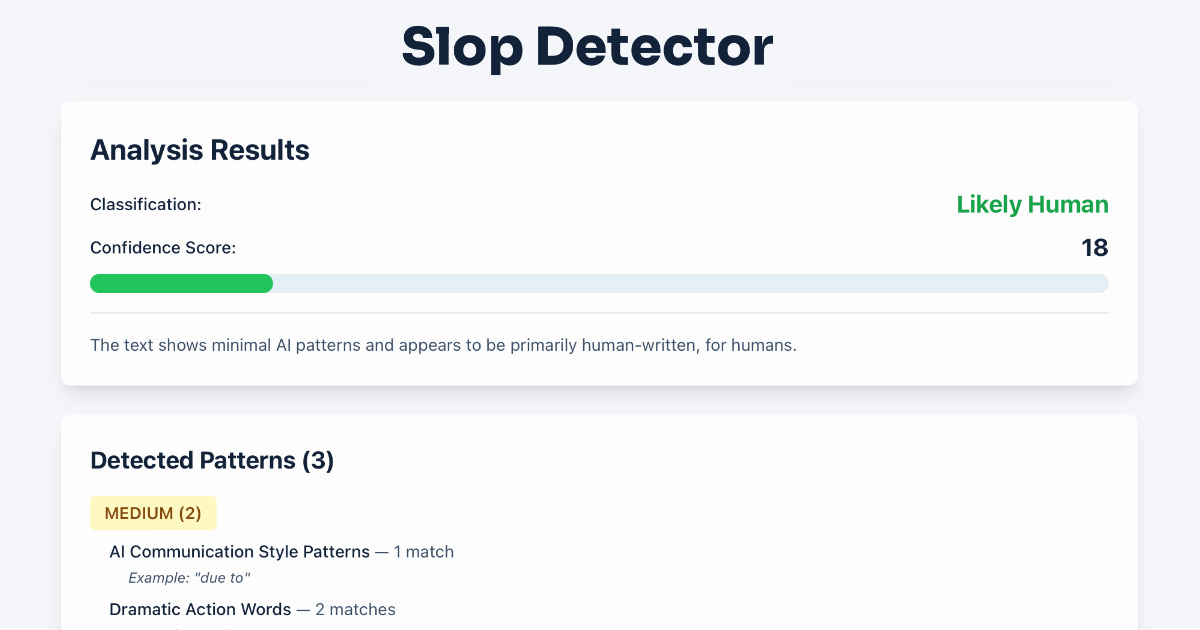Just watched this cool bullet-time-like movie (you know, the Matrix) on the Philips site as a demo for their 21:9 cinemascope tv set due out this month. Great if you’re a movie buff watching lots of DVD or Blueray, and I love the ambient light feature. But one other feature their new sets offer is so called “Net TV”.
Net TV looks to be a proprietary service through Philips (you need them to get onto their Net TV platform), which is based on CE-HTML (Consumer Electronics), a subset of XHTML, CSS TV Profile 1.0, ecmascript, DOM,… intended to improve the experience to browse the internet on a tv. But why do we need another standard? Why are manufacturers trying to set up new walled gardens? Did they not learn? My mobile smart phone is perfectly capable of displaying full featured webpages, why wouldn’t a tv set? It might have been true five years ago, when we were all still on low resolution CRT tv sets, but with the lcd/plasma revolution we had last couple of years, resolution has improved greatly and tv set sizes have grown.
Browsing the web on tv has been around for ages, but never took off, with for example now defunkt Microsoft WebTV. I myself worked on a TV banking platform back in ‘99-2000 for a Dutch bank and cabeltv company accessing internet banking over a settop box (“t-commerce”), which if I remember correctly was also using a version of CE-HTML, but there was certainly no JavaScript involved. And if you have a Nintendo Wii, you can browse the full internet on your tv using a version of Opera (a 5$US upgrade). But unfortunatly Wii isn’t an HD device, and isn’t an optimal browsing experience even on new full HD tv sets (native resolution seems to be 608×456, with pages being zoomed in and out). Playstation 3 (and I guess XBox 360) has a full featured browser too, and again people complain about text being too small.
But why would Philips not get on board with Opera (or Mozilla, or use WebKit), in stead of using CE-HTML? And it’s not a single manufacturer getting on board the internet-on-tv train, it’s also Samsung, Sony,… getting on board though with different solutions. And yesterday Adobe introduced its Flash Platform for the Digital Home with Intel at NAB, but the tv makers seem to be reluctant to join them. While browsing on tv might never take off, one thing I am looking forward to are tv widgets, using web standard XHTML and Javascript, where Samsung and Yahoo! are leading the way (sets already available at Bing Lee).With these widgets you could keep track of Twitter while watching tv (without having a laptop on your lap, or an iPod/iPhone in your hand), and we might see new ways of interaction with tv programs through backchannels displayed at the bottom of the tv, as already happening on Twitter (#newinventors instigated every week by @mpesce). What I am looking for is actually some kind of Chumby for tv, something that injects widgets onto the screen (without me buying a new set), though better integrated (form, transparency, bottom or sidebar positioned) like the Yahoo! widgets.
In stead of a new browser war on television, we’ll get a widget war, between Flash, Yahoo!, Google (imagine the advertising potential) and all the other widget makers out there, trying to get their hands on whatever little time you still spend watching tv. Hmmm, come to think of it, Google Calendar as an EPG on your tv…





